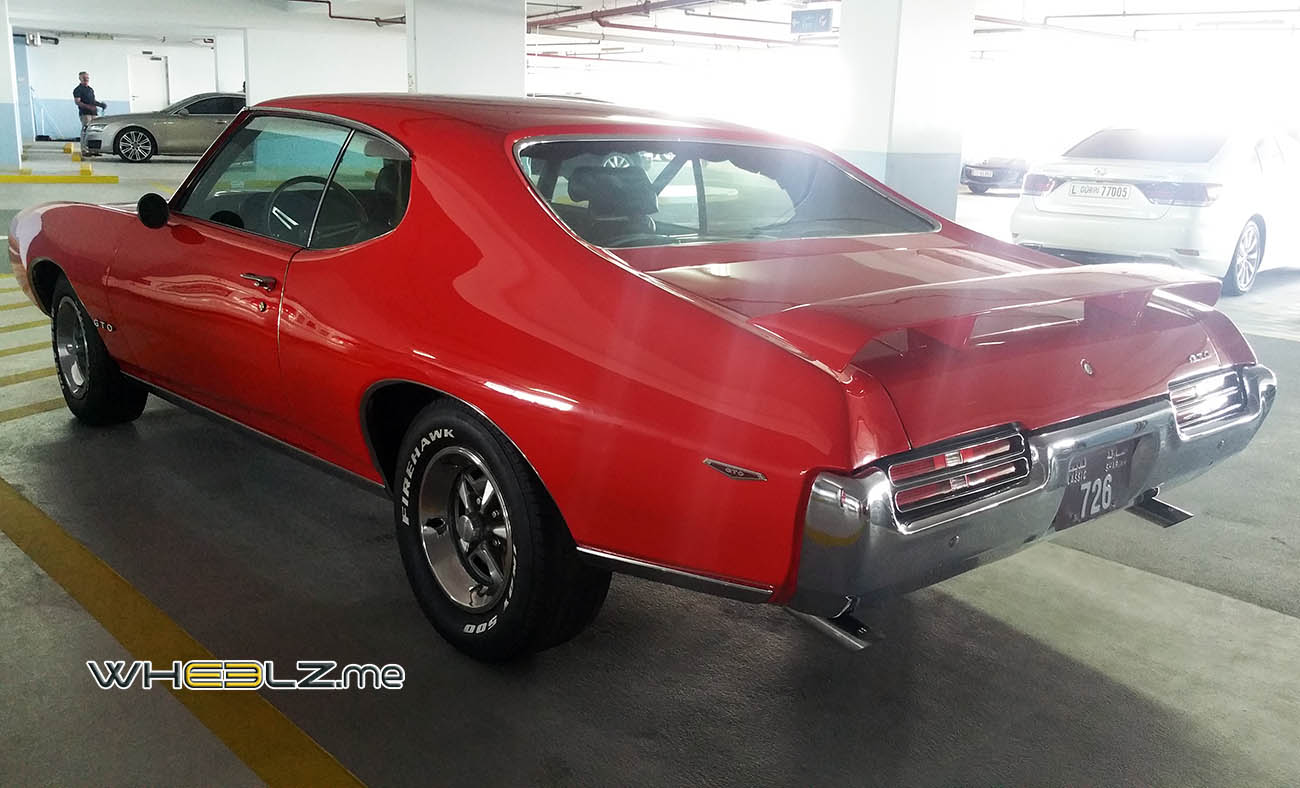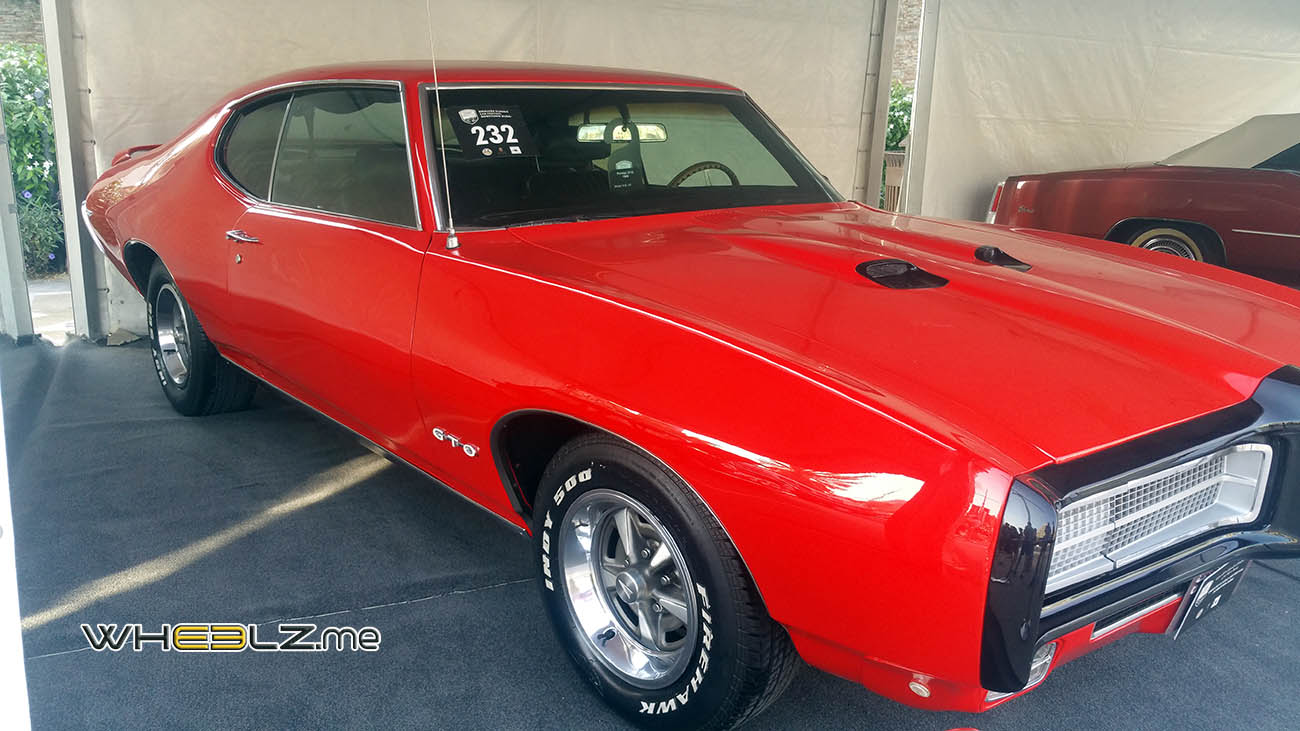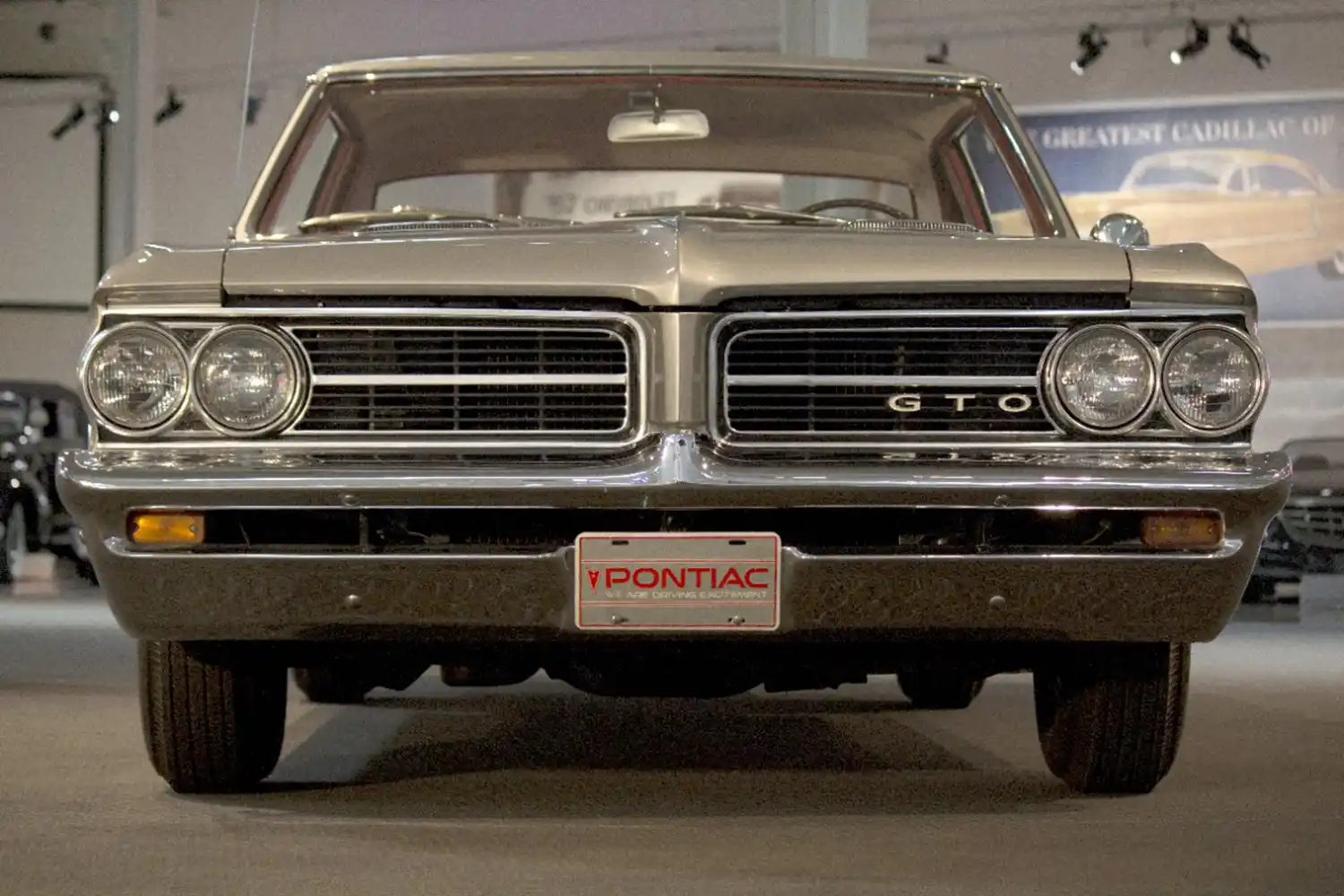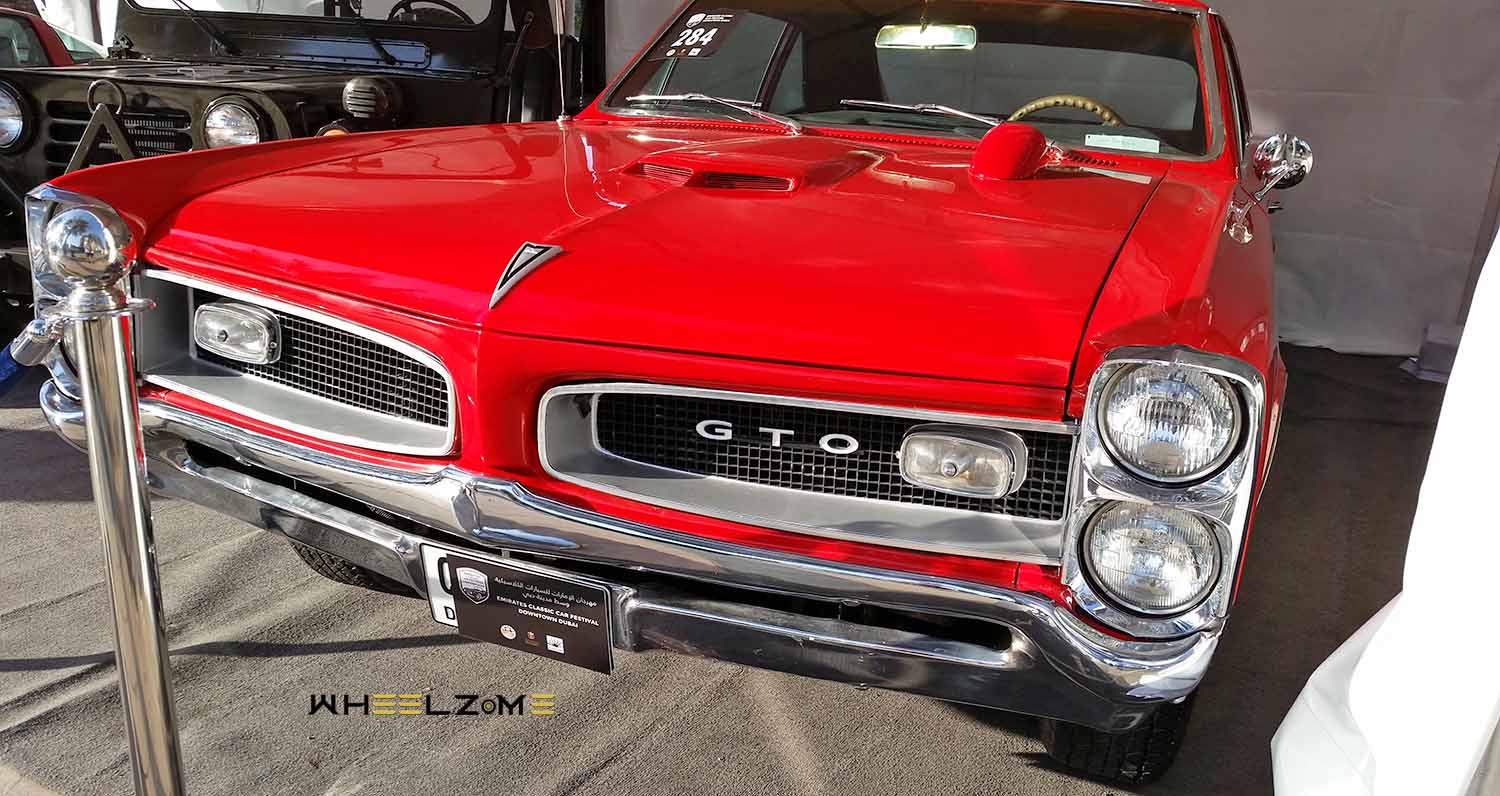
The Pontiac GTO holds a distinguished place in automotive history, widely recognized for popularizing the muscle car segment in the 1960s. Produced by Pontiac from 1963 to 1974 and later by GM’s Australian subsidiary Holden from 2004 to 2006, the GTO became a symbol of raw power and rebellious style. Its introduction marked a significant shift in the automotive landscape, inspiring other domestic automakers to develop their own high-performance models. This article explores the storied past of the Pontiac GTO, tracing its evolution from an optional package to a standalone icon and its eventual revival.
The Genesis of a Legend
In early 1963, a General Motors’ racing ban prompted Pontiac’s management to focus on street performance. John DeLorean, Bill Collins, and Russ Gee are credited with creating the GTO. They envisioned transforming the second-generation Pontiac Tempest into a sporty car. This involved installing a larger 389 cubic inch V8 engine, typically reserved for full-sized models, into the intermediate A-body platform. This move circumvented GM’s displacement policy, as the big engine was offered as an option rather than standard equipment. Pontiac general manager Elliot “Pete” Estes approved the concept, with an initial production limit of 5,000 units.
The Name: Gran Turismo Omologato
DeLorean chose the name GTO, inspired by the iconic Ferrari 250 GTO. Gran Turismo Omologato is an Italian abbreviation meaning “grand tourer homologated.” This signifies official certification by the FIA for racing in the grand tourer class. Interestingly, a diligent Pontiac employee did pursue the proper steps for FIA homologation in 1964. This made it possible for some GTOs to compete in European sports car racing, adding to its unique allure.

First Generation: 1964-1967
Production of the first Pontiac GTO began on September 3, 1963, initially as an option package for the Pontiac LeMans. Available in coupé, hardtop, and convertible body styles, the 1964 GTO package cost $295. It included a 389 cubic inch V8 rated at 325 horsepower, dual exhaust, chromed engine components, and a floor-shifted three-speed manual transmission. Stiffer springs, a larger front sway bar, and wider wheels with redline tires further enhanced its performance and appearance. Optional equipment included a four-speed manual, a two-speed automatic, and a powerful “Tri-Power” carburetion system rated at 348 horsepower.
For the 1965 model year, the Tempest lineup, including the GTO, received a restyle. It featured Pontiac’s distinctive vertically stacked quad headlights. Overall length increased, and brake lining area improved. The 389 cubic inch engines gained revised cylinder heads and intake manifolds, boosting the base four-barrel engine to 335 horsepower and the Tri-Power to 360 horsepower. Sales for 1965 more than doubled to 75,342 units, solidifying the GTO’s popularity.
The GTO became a separate Pontiac model (model number 242) in 1966. The entire GM “A” body line was restyled with more curvaceous “Coke-bottle” styling. A new plastic front grille was an industry first. Sales soared to 96,946 units, marking the highest production figure for the GTO.
In 1967, the GTO saw minor styling changes, including new taillights and available Rally II wheels. Mechanically, the Tri-Power system was replaced by a single 4-barrel Rochester Quadrajet carburetor. The 389 cubic inch engine was enlarged to a 400 cubic inch V8, available in economy, standard, and high output versions. The top high-output engine produced 360 horsepower. New safety features, including an energy-absorbing steering column and dual-reservoir brake master cylinder, were also introduced. A three-speed Turbo-Hydramatic TH-400 automatic transmission, equipped with a Hurst dual-gate shifter, became available. Sales for 1967 totaled 81,722 units.
Second Generation: 1968-1972
General Motors redesigned its A-body line for 1968, giving the GTO a more curvaceous, semi-fastback styling. The wheelbase was shortened to 112 inches on two-door models. Pontiac adopted a horizontal headlight layout, with hidden headlights as a popular option. A unique feature was the body-color Endura front bumper, designed to absorb low-speed impacts. Powertrain options largely carried over, with the standard GTO engine now rated at 350 horsepower. A new Ram Air II package became available mid-year. The GTO earned the Motor Trend Car of the Year award, and sales reached 87,684 units.
The 1969 model year brought subtle revisions. Front door vent windows were eliminated, and the ignition key moved to the steering column. Front outboard headrests became standard equipment. The “400 H.O.” engine was upgraded to the “400 Ram Air” (often called “Ram Air III”), rated at 366 horsepower. The top option was the Ram Air IV, producing 370 horsepower. A new “The Judge” model was introduced, initially conceived as a low-cost GTO but ultimately offered as a more expensive package with the Ram Air 400 engine and distinctive styling cues. Despite its popularity, sales for 1969 were 72,287 units.
For 1970, the Tempest line received another facelift, with exposed headlamps and a less prominent nose. The GTO retained its Endura urethane front. Suspension was upgraded with a rear anti-roll bar, improving handling. Optional variable-ratio power steering further enhanced maneuverability. The base engine remained, and the “Ram Air” and Ram Air IV options continued. A new 455 HO engine, rated at 360 horsepower with a massive 500 lb-ft of torque, was introduced. A short-lived Vacuum Operated Exhaust (VOE) option, designed to increase power and exhaust noise, was also offered. The Judge package remained available, with Orbit Orange as a new feature color. Sales declined to 40,149, reflecting a broader downturn in the muscle car market.
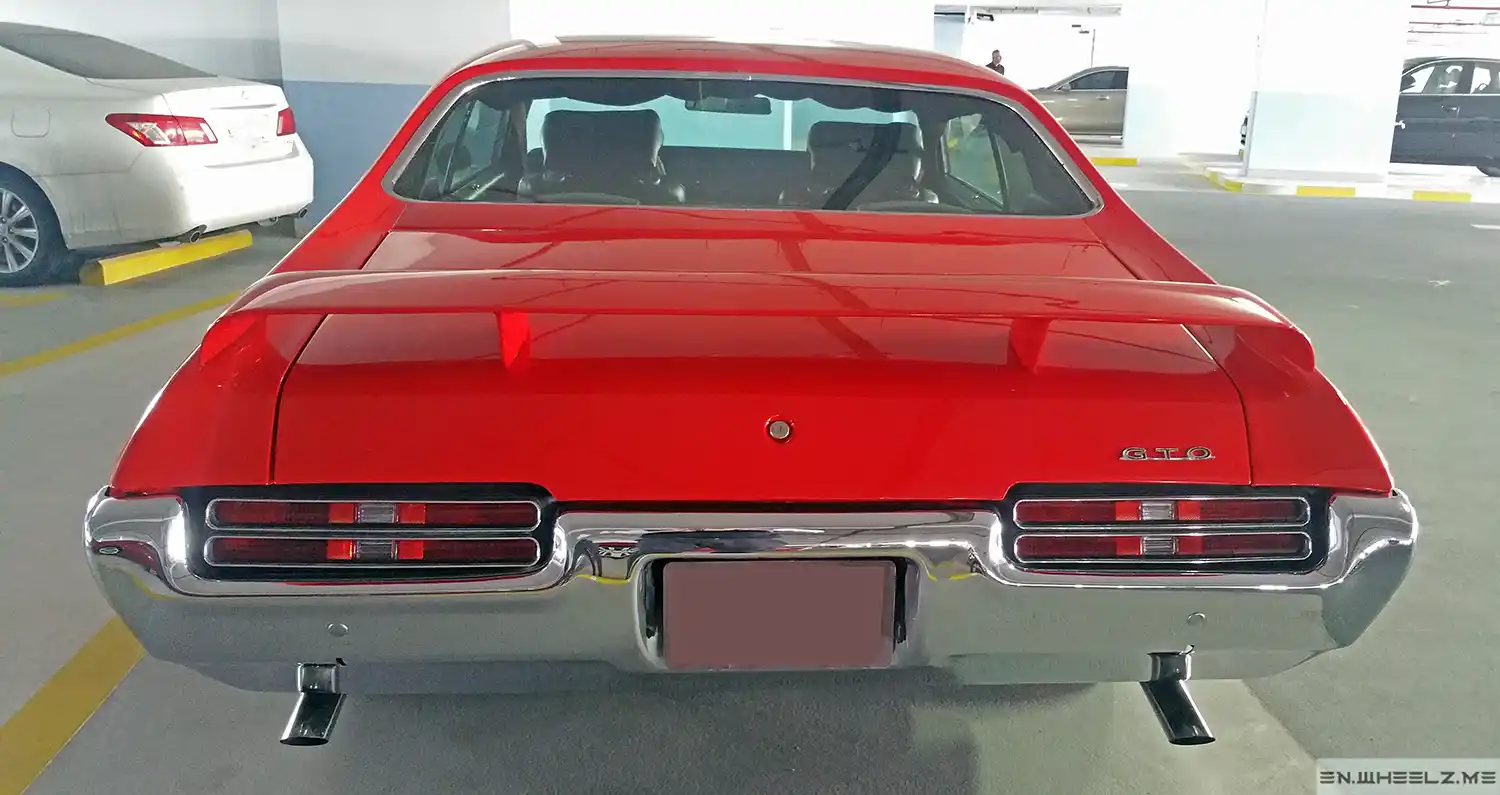
The 1971 GTO underwent a modest facelift with wire-mesh grilles and relocated hood scoops. Corporate changes led to a reduction in compression ratios across GM. The standard 400 cubic inch V8 was now rated at 300 gross horsepower (255 net horsepower). An optional 455 cubic inch V8 produced 325 gross horsepower (260 net horsepower). The top-of-the-line engine was the new 455 HO, rated at 335 gross horsepower (310 net horsepower). The Judge returned for its final year, with only 357 sold. Total GTO sales for 1971 were 10,532 units.
In 1972, the GTO reverted to an option package for the LeMans and LeMans Sport coupes. The GTO package could be added to either the pillared coupé or hardtop coupé versions of the base LeMans. This offered a lower-priced GTO option. The LeMans Sport offered a more upscale interior comparable to earlier GTO models. Despite efforts to maintain its presence, sales continued to decline as the muscle car era waned.
The Pontiac GTO remains a powerful symbol of American automotive prowess. Its legacy continues to inspire enthusiasts and collectors worldwide. This iconic vehicle left an indelible mark on the industry.
Disclaimer: This article provides general information about a historical vehicle. Specifications and details may vary between models and individual cars.
AI Assistance: Gemini

